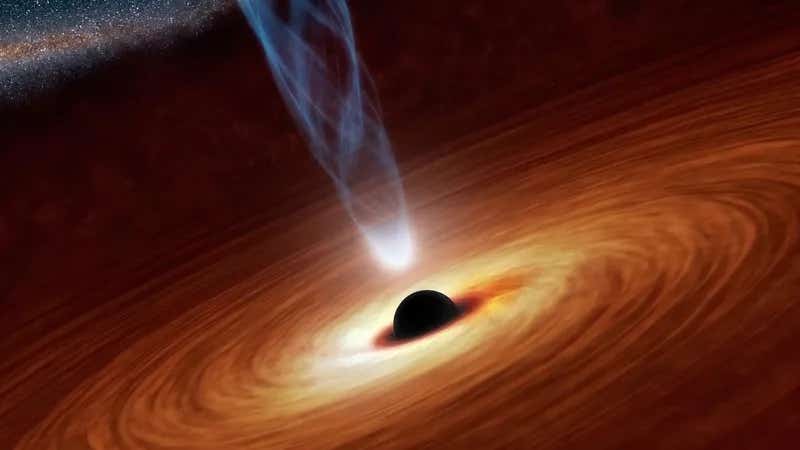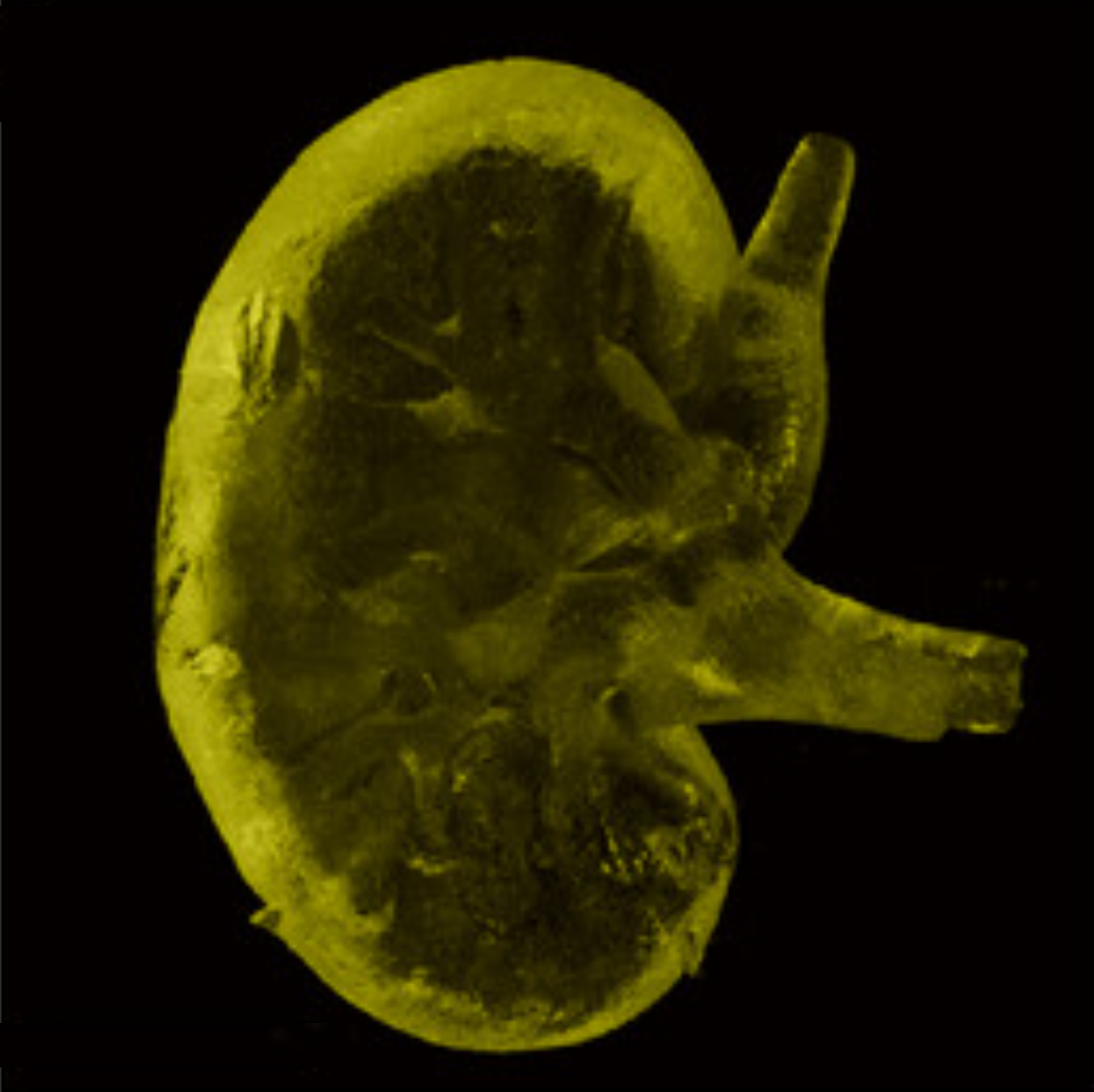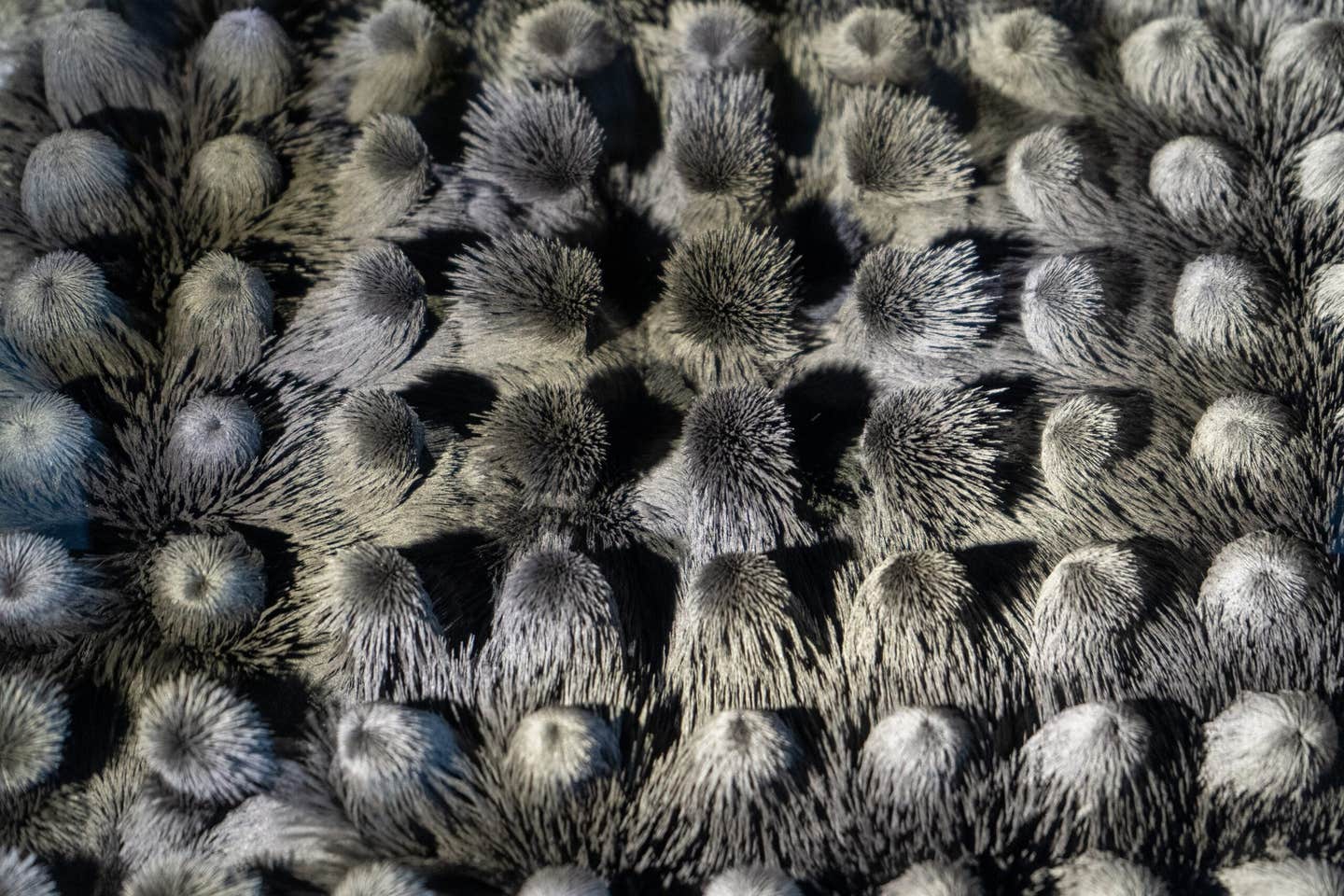Astronomers find the missing link in massive black hole formation
This black hole is considered the “missing link” between smaller stellar black holes and the supermassive ones found in galaxy centers.

A recent study has confirmed what astronomers have long suspected: Omega Centauri contains a central black hole. (CREDIT: Creative Commons)
Omega Centauri, a breathtaking cluster of around ten million stars, is visible as a smudge in the night sky from Southern latitudes. Through a small telescope, it appears as a spherical collection of stars, so densely packed towards the center that individual stars are indistinguishable.
A recent study led by Maximilian Häberle from the Max Planck Institute for Astronomy has confirmed what astronomers have long suspected: Omega Centauri contains a central black hole. This black hole is considered the “missing link” between smaller stellar black holes and the supermassive ones found in galaxy centers. Omega Centauri is thought to be the remnant core of a small galaxy that was absorbed by the Milky Way.
Black holes in astronomy come in various sizes. Stellar black holes range from one to a few dozen solar masses, while supermassive black holes can be millions or even billions of solar masses. Current theories suggest that early galaxies contained intermediate-sized black holes that grew over time through mergers and accretion of smaller galaxies, similar to how the Milky Way evolved.
However, intermediate-sized black holes are difficult to detect. Larger galaxies like the Milky Way have long outgrown this phase, and small dwarf galaxies are challenging to observe with current technology. Detecting central black holes in these galaxies is particularly tough. Although there have been promising candidates, no definite detection of such an intermediate-mass black hole had been made until now.
A Galaxy (Core) Frozen in Time
Omega Centauri stands out because it may be the core of a separate galaxy that merged with the Milky Way, losing most of its stars in the process. This scenario means the black hole in Omega Centauri is "frozen in time," remaining at the size it was when the Milky Way absorbed the smaller galaxy. This provides a rare glimpse into the evolution of black holes from early low-mass stages to supermassive ones.
Detecting this central black hole was essential to test the hypothesis. Previous evidence from models of star motion in the cluster left room for doubt, but Häberle's study aimed to provide conclusive proof.
In 2019, Nadine Neumayer from the Max Planck Institute for Astronomy and Anil Seth from the University of Utah designed a project to understand Omega Centauri's formation history. They realized this could also settle the question of its central black hole. By identifying fast-moving stars around the cluster's center, they could measure the black hole's mass.
Häberle took on the task of creating an extensive catalog of star motions in Omega Centauri, analyzing over 500 Hubble images of the cluster. These images, primarily used for calibrating Hubble’s instruments, provided a rich data set for their research.
“Looking for high-speed stars and documenting their motion was the proverbial search for a needle in a haystack,” Häberle said. Ultimately, he not only created the most comprehensive catalog of star motions in Omega Centauri but also found seven fast-moving stars in the cluster’s center.
These fast-moving stars indicate the presence of a concentrated mass nearby. While a single fast-moving star might be due to various reasons, seven such stars with different speeds and directions pointed to a central mass of at least 8,200 solar masses. The absence of any visible object at this location supports the presence of a black hole.
Häberle's broader analysis pinpointed the central region, about three light-months in diameter, within Omega Centauri. The statistical likelihood of these fast-moving stars being coincidental was extremely low, reinforcing the black hole hypothesis.
Neumayer stated, “Previous studies had prompted critical questions of ‘So where are the high-speed stars?’ We now have an answer to that and the confirmation that Omega Centauri contains an intermediate-mass black hole. At a distance of about 18,000 light-years, this is the closest known example of a massive black hole.” The Milky Way’s supermassive black hole is about 27,000 light-years away. This detection resolves the debate about an intermediate-mass black hole in Omega Centauri and offers the best candidate for such a black hole to date.
Neumayer, Häberle, and their colleagues plan to study Omega Centauri's center in greater detail. They have approval to measure the movement of high-speed stars towards or away from Earth using the James Webb Space Telescope. Future instruments, like GRAVITY+ at ESO's VLT and MICADO at the Extremely Large Telescope, could provide even more accurate stellar positions than Hubble. The long-term goal is to observe the stars' orbital acceleration, a project for future generations of astronomers. Given the smaller black hole mass in Omega Centauri, the orbital periods are over a hundred years, significantly longer than those observed near the Milky Way’s central black hole.
Note: Materials provided above by the The Brighter Side of News. Content may be edited for style and length.
Like these kind of feel good stories? Get the Brighter Side of News' newsletter.



